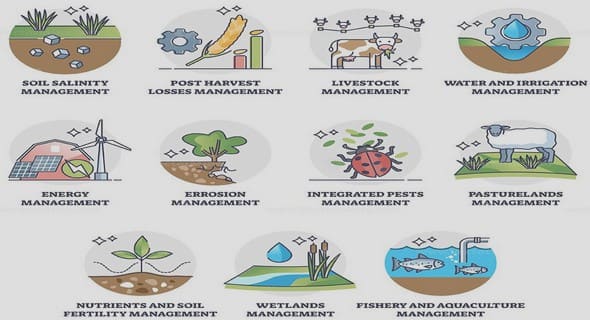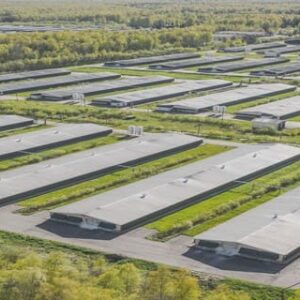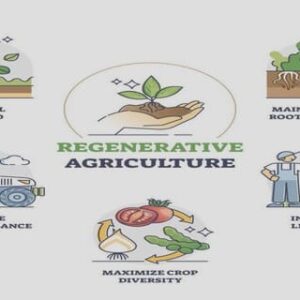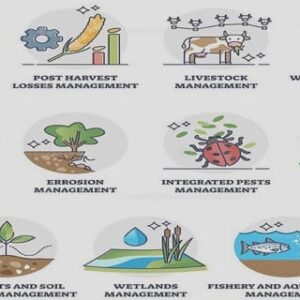(Downloads - 0)
For more info about our services contact : help@bestpfe.com
Table of contents
General Introduction
0.1 Agronomic principles and brief history of “Low Input” CMPs
0.1.1 “Low-Input” CMPs as induced technological innovations
0.1.2 Recent trends in input and wheat prices, and their potential impacts on “Low-Input” CMPs
0.2 Production function, technology and endogeneity
0.3 Recovering latent technology
0.4 Thesis outline
1 A multistep estimation approach for primal production functions accounting for technology choice: a comparative evaluation
1.1 Introduction
1.2 A review of the techniques to assess the effects of production technologies on farmer choices and production outcomes
1.3 Standard approaches to account for agricultural technology choices
1.3.1 Considering a technology shifting effect in the yield supply and/or input demand models
1.3.2 Considering technology as a regime associated to specific production and input demand models
1.3.3 Technology specific production function in a panel data ERS model
1.4 A new modelling framework to account for technology choice in agricultural production using the primal
1.4.1 Technology specific yield and input demand functions in a ERS framework
1.4.2 Insights for the estimation procedure
1.4.3 Identifying assumptions, model nonlinearity and other estimation methods
1.5 Discussion
1.6 Appendices
1.6.1 Calculation details
2 Estimation of production functions in low- and high-input production practices
2.1 Introduction
2.2 Background
2.2.1 The economic and agronomic principles of low-input production system
2.2.2 How to integrate technology in farmers’ production function?
2.3 Methodological framework: from a standard ERS to an « extended » ERS model
2.4 Econometric implementation
2.4.1 A Cobb-Douglas crop production function with a damage abatement part
2.4.2 An original, multistep, estimation procedure
2.4.3 Robustness checks
2.5 Data
2.6 Insights from the technology choice and the input uses equations
2.7 Production function estimation results
2.8 Discussion and Conclusion
2.8.1 The input endogeneity issue
2.8.2 General considerations
2.8.3 Conclusion
2.9 Appendices
2.9.1 Results from the separability and asymmetry tests
2.9.2 Additional descriptive statistics
2.9.3 Estimation results from yield offer functions
2.9.4 Estimation results when considering the TFI pesticide indicator 77
2.9.5 Results when using global pesticide use variable in the production function
2.9.6 Results when using revenue instead of yield in the production function
2.9.7 Results when using a Translog specification for the productive part
3 Crop production models accounting for latent CMP choices
3.1 Introduction
3.2 Agronomic principles and brief history of “Low Input” CMPs
3.3 A Random Parameter Hidden Markov Model for modelling production choices accounting for CMPs
3.3.1 Crop production models accounting for CMP choices
3.3.2 Latent CMPs models
3.3.3 A model with dynamic CMP choice
3.4 Sketch of the estimation procedure
3.5 Data
3.6 Insights from “exploratory” analyses
3.6.1 Presentation of the exploratory approaches
3.6.2 Insights from results and comparison with the HMM approach
3.7 Results
3.7.1 Random parameters ex-post distribution
3.7.2 Characteristics of the three CMP categories
3.7.3 Simulations results
3.8 Discussion and Conclusion
3.9 Appendices
3.9.1 Detailed estimation procedure
3.9.2 Insights about k-means and AHC algorithms
3.9.3 Additional results for the « exploratory analyses »
3.9.4 Distribution of random parameters from RPHMM
3.9.5 Simulation results
3.9.6 Determinants of input uses and yield
General Conclusion




